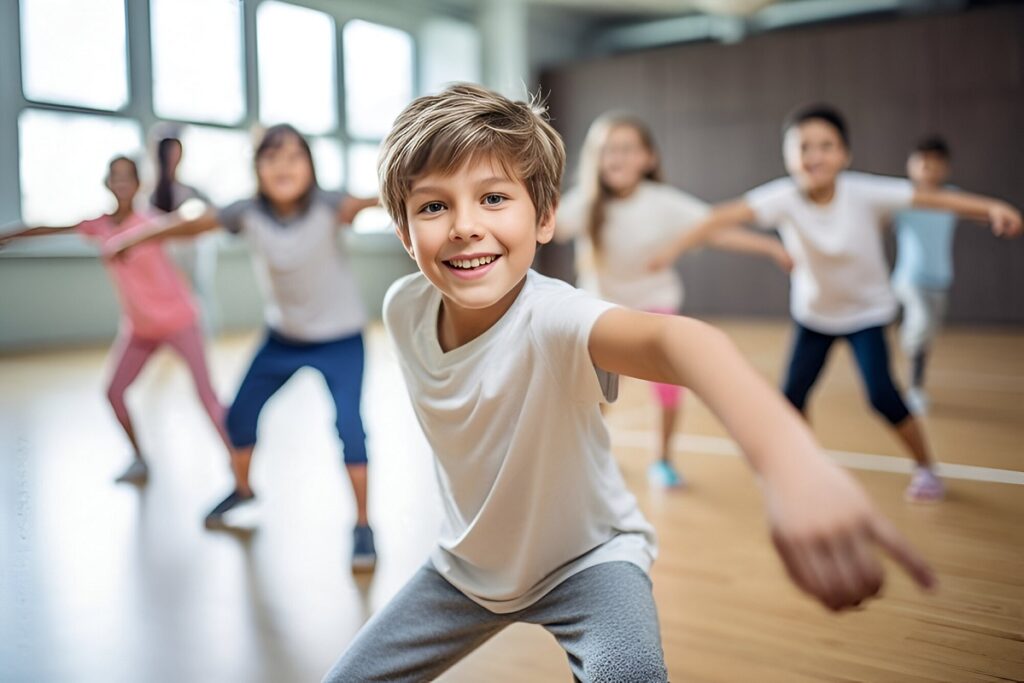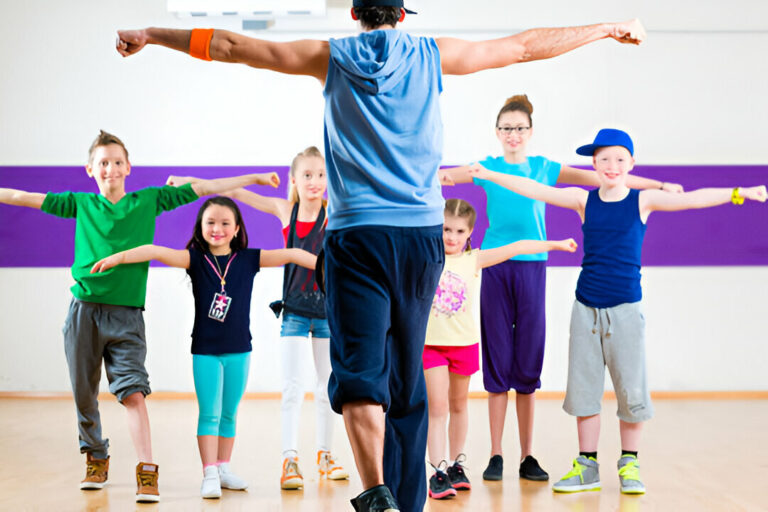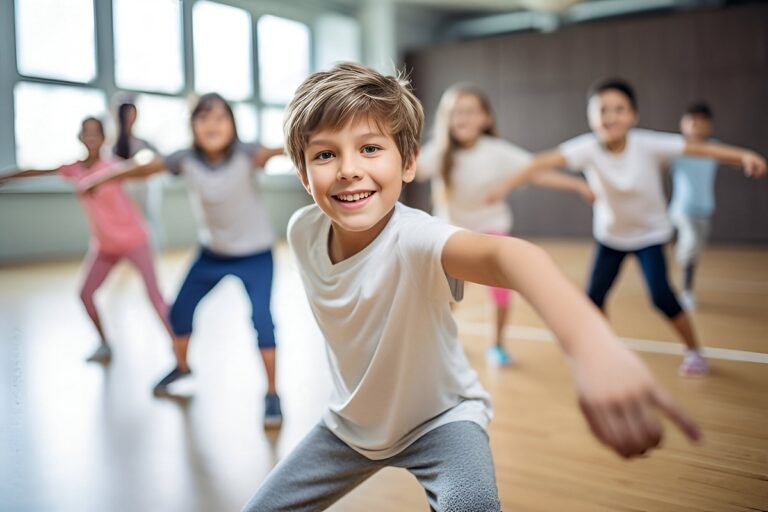
Dance is a powerful form of expression, discipline, and physical fitness that can begin at any stage in a child’s development. At NorthPointe Dance, we believe every child has the potential to flourish in dance, no matter their age or previous experience. To learn more about the best time to introduce your child to dance, explore our guide on When to Start Dance Classes. Whether a toddler just finding their balance or a teenager seeking creative growth, the right dance environment can nurture lifelong skills, confidence, and joy.
Key Takeaways
- Dance can begin as early as 18 months with guided parent-child classes.
- Ages 3–6 are optimal for structured dance training and skill-building.
- Each age group has specialized class offerings tailored to developmental needs.
- Starting dance later in childhood or adolescence is still highly beneficial.
- Parental encouragement and support significantly impact long-term success.
Why Early Exposure to Dance Matters
Introducing children to dance from a young age sets a foundation for lifelong benefits. Even toddlers benefit from rhythm-based movement, learning coordination and body awareness before they can even fully articulate thoughts. Movement-focused play strengthens both motor and cognitive development.
- Ages 18 Months – 2.5 Years
Parent-and-me classes are ideal for early bonding and muscle development. These sessions focus on music exploration, rhythm games, and guided movement to establish a secure and joyful relationship with dance. - Ages 3 – 5 Years
At this stage, children thrive on routine and expression. Pre-ballet or creative movement classes allow them to explore space, follow instructions, and begin learning dance structure in a playful, imaginative way.
The Ideal Age to Start Dance Classes
While dance can begin at any age, starting between ages 3 and 6 is considered optimal for long-term development. At these ages, children gain the attention span, muscle coordination, and discipline required for more structured training.
| Age Group | Dance Focus | Benefits |
| 3–5 Years | Creative Movement, Pre-Ballet | Coordination, Listening, Social Skills |
| 6–8 Years | Ballet, Tap, Jazz Basics | Discipline, Musicality, Strength |
| 9–12 Years | Technique Advancement, Hip Hop, Contemporary | Performance Skills, Self-Confidence |
| 13+ Years | Specialization & Choreography | Emotional Expression, Career Pathways |
Benefits of Dance for Children at Any Age
Physical Development
Dance enhances balance, strength, flexibility, and posture. Early introduction supports motor development, while older children improve endurance and body control.
Cognitive and Academic Support
Dance involves memory, pattern recognition, and musical timing. Studies show that students who dance often exhibit improved academic performance, especially in math and reading comprehension.
Emotional and Social Growth
Dance encourages emotional expression, resilience, and empathy. Group classes promote teamwork, friendship, and mutual support, building healthy social habits.
Choosing the Right Dance Class by Age
Toddlers (18 Months – 3 Years)
- Best Class Types: Mommy & Me, Music & Movement
- Goal: Sensory development, bonding, introduction to rhythm
Preschoolers (3 – 5 Years)
- Best Class Types: Pre-Ballet, Intro to Tap
- Goal: Basic steps, classroom behavior, creative play
Early Elementary (6 – 8 Years)
- Best Class Types: Ballet I, Jazz I, Combo Classes
- Goal: Foundation in technique, self-discipline, musicality
Tweens (9 – 12 Years)
- Best Class Types: Ballet II, Contemporary, Hip Hop
- Goal: Skill-building, expression, teamwork
Teens (13+ Years)
- Best Class Types: Pointe, Modern, Performance Teams
- Goal: Mastery, leadership, personal artistry
Late Starters: It’s Never Too Late to Begin
Many parents worry that their child is “too old” to start dance. This couldn’t be further from the truth. Late beginners often bring maturity and focus that fast-track their progress. With customized beginner classes for older students, teens can thrive just as much as their younger peers.
Building Lifelong Skills Through Dance
Dance does more than train the body—it cultivates life skills that extend far beyond the studio. Children who participate in dance classes learn perseverance, goal-setting, time management, and accountability. These traits often transfer into academic achievement and future career success, regardless of whether a child pursues dance professionally. The discipline of mastering choreography, the courage to perform, and the resilience to keep practicing after mistakes are foundational traits for confident, well-rounded individuals.
Dance as a Creative and Emotional Outlet
In a world where children face increasing academic and social pressures, dance provides a healthy and constructive outlet for emotional expression. Whether it’s a graceful ballet, an expressive contemporary routine, or an energetic hip hop number, dance allows kids to process their feelings and communicate non-verbally. This creative freedom fosters emotional intelligence and self-awareness, empowering children to understand and express themselves in ways that words alone cannot.
Parental Role in Dance Success
Parents are vital partners in a child’s dance journey. Encourage exploration without pressure. Let your child guide the journey with their interests. Celebrate consistency and small improvements over perfection.
What if my child doesn’t like their first dance class?
It’s common for children to need time to adjust. Try a different style or instructor before concluding whether dance is right for them.
How many times a week should my child take dance?
For beginners, 1–2 times per week is sufficient. As they progress, 3–5 sessions weekly may be recommended for more serious development.
Can boys benefit from dance as much as girls?
Absolutely. Boys gain strength, agility, discipline, and coordination, and often thrive in hip hop, tap, or contemporary styles.




